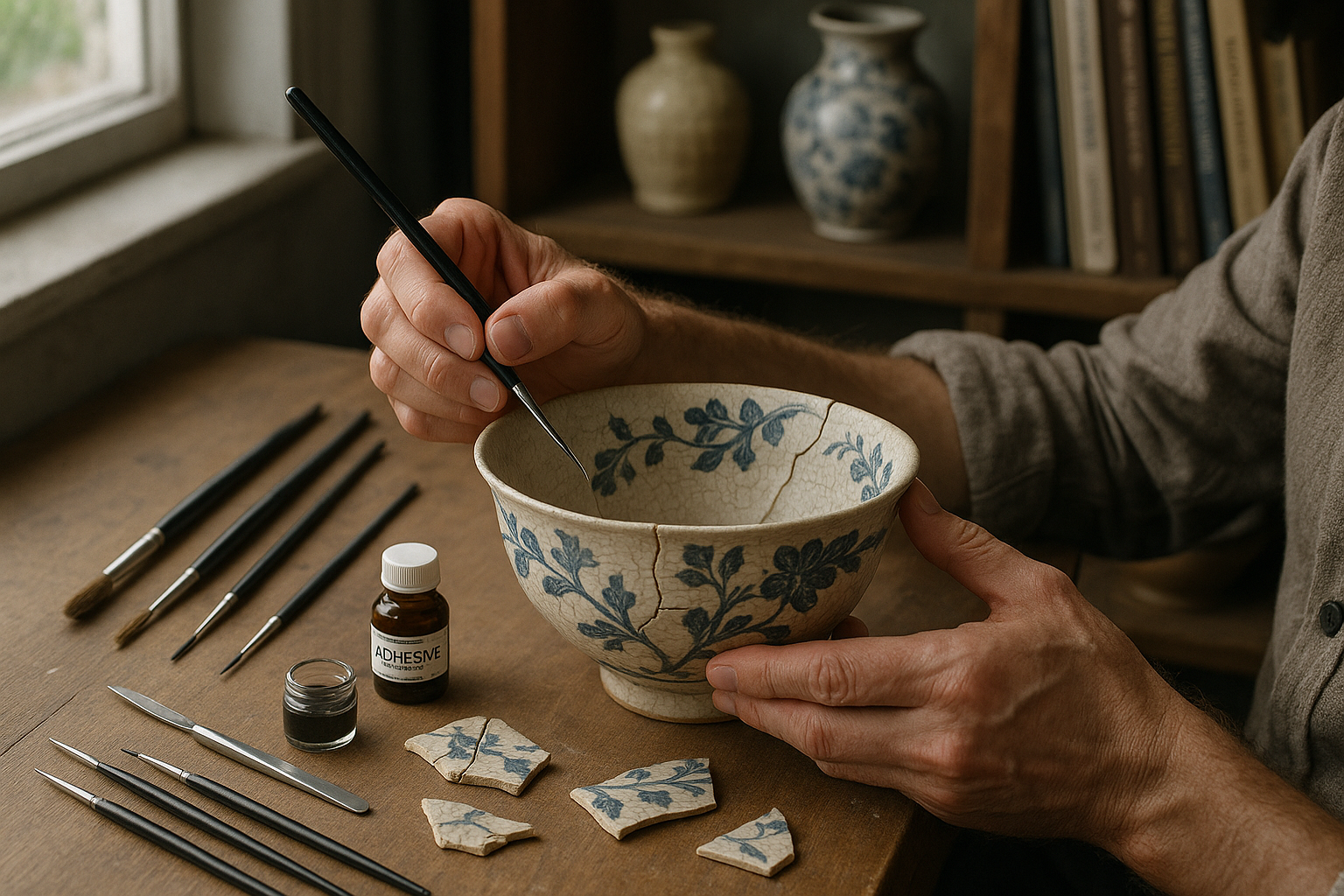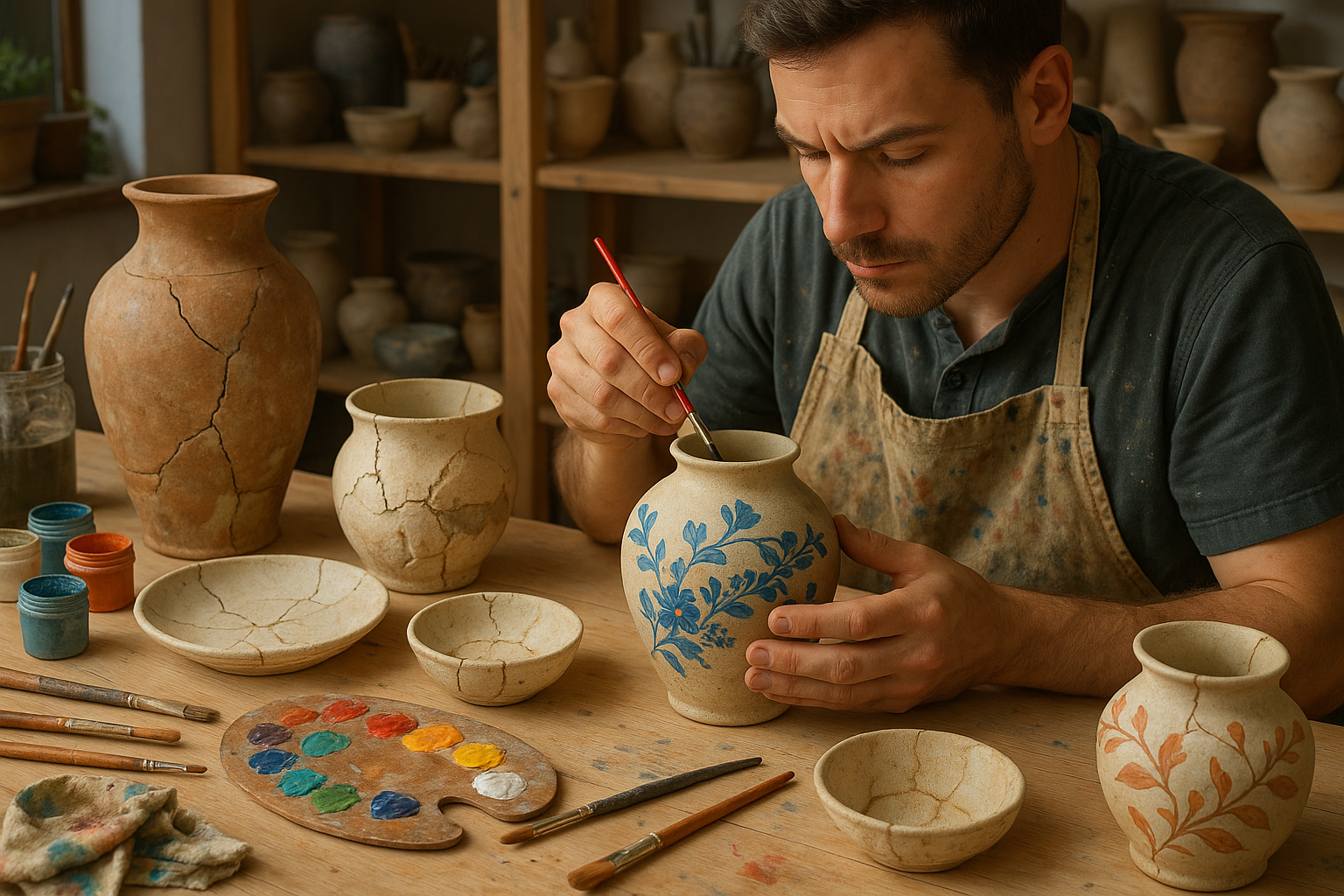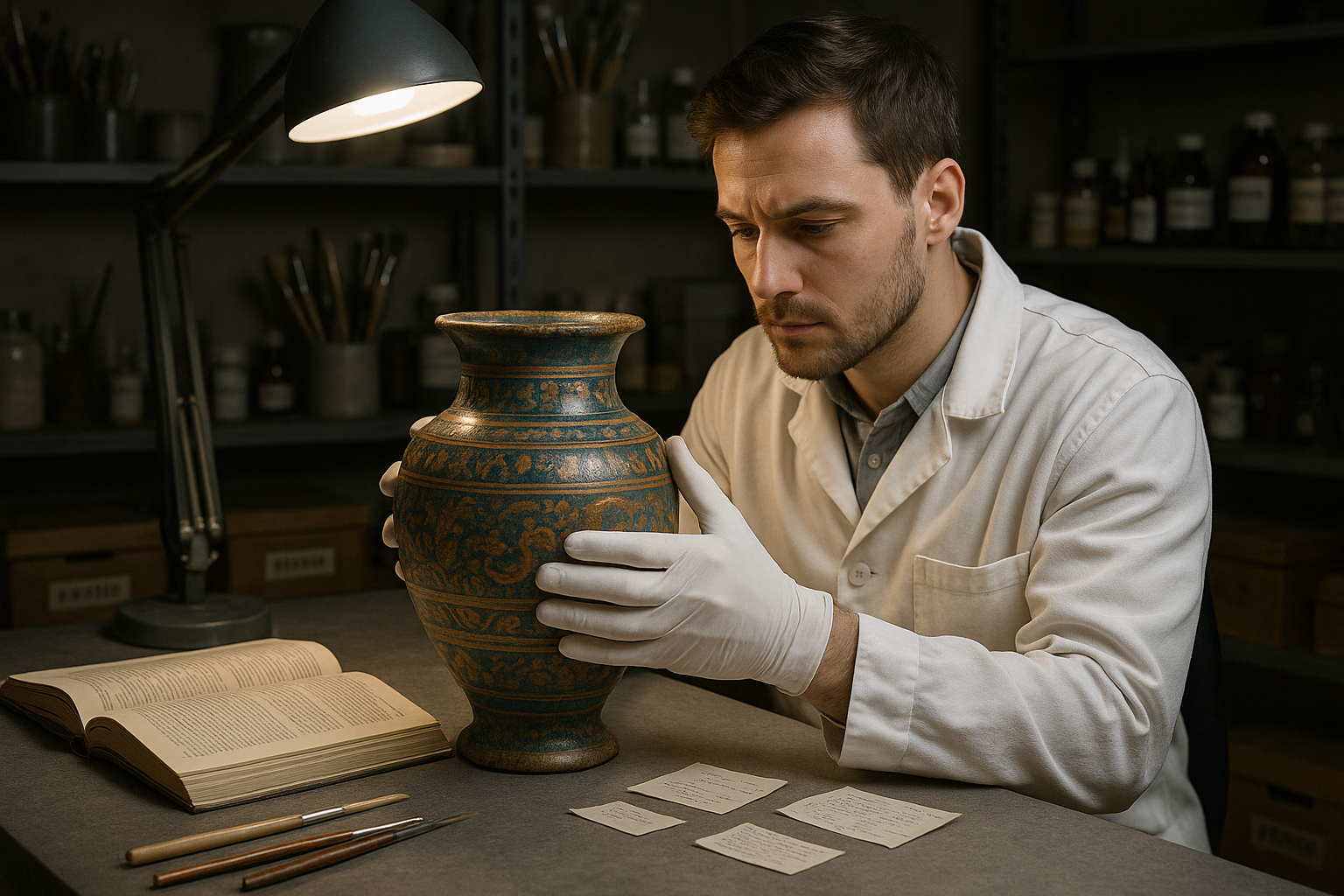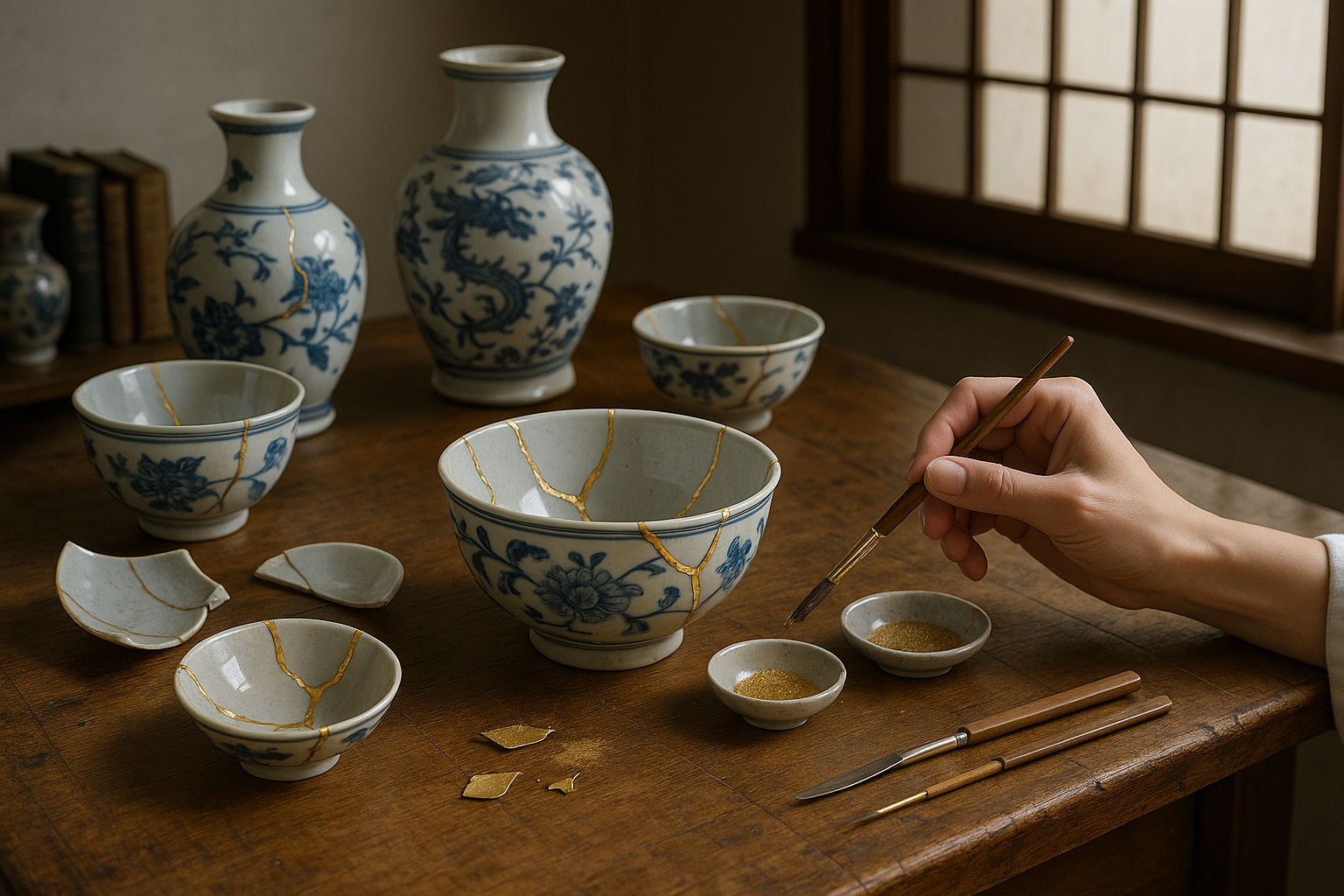In a world increasingly dominated by digital screens, where e-books and online articles are just a click away, the charm of holding a physical book in your hands is irreplaceable. 📚 The rustle of pages, the distinct scent of aged paper, and the intricate artistry of a beautifully bound cover create an experience that many book lovers cherish. Yet, with time, these beloved companions are often subject to wear and tear. Torn pages, frayed edges, and weakened bindings can make even the most treasured volumes look forlorn and neglected. But fear not! There’s an ancient art that can breathe new life into your beloved books: the art of paper mending with Japanese tissue.
This time-honored technique is more than just a method for repairing damage—it’s a way to preserve stories, memories, and history. Japanese tissue, known for its exceptional strength and translucency, offers a gentle yet effective means of mending paper, ensuring that the essence of the book remains intact. Whether you’re a collector aiming to preserve rare first editions, a librarian maintaining an archive, or a passionate reader looking to restore a personal favorite, learning the art of paper mending can transform your approach to book care.
In this comprehensive guide, we’ll delve into the fascinating world of paper conservation, focusing specifically on the use of Japanese tissue. You’ll discover how this incredible material, derived from the fibers of the kōzo plant, has been used for centuries in Japan to restore precious artifacts and documents. Its delicate texture and formidable strength make it an ideal choice for book restoration, offering both durability and subtlety.
We’ll start by exploring the origins and characteristics of Japanese tissue, understanding why it stands out as a superior option for paper repair. Next, we’ll take you through the essential tools and materials you’ll need to get started on your mending journey. From specialized adhesives to precision instruments, having the right tools at your disposal is crucial for achieving professional-quality results.
As we move forward, we’ll guide you through a step-by-step process of assessing the damage and preparing your book for repair. Whether dealing with simple tears or more complex issues like missing pieces and water damage, knowing how to evaluate the condition of your book is key to choosing the right repair method.
Our practical tutorials will cover a range of techniques, from basic mends to more advanced restoration practices. You’ll learn how to execute clean, nearly invisible repairs that blend seamlessly with the original pages, preserving both the aesthetic and structural integrity of the book. 🛠️ Through detailed instructions and helpful tips, you’ll gain the confidence to tackle even the most daunting repair challenges.
In addition to the hands-on aspects of book mending, we’ll also touch upon the broader implications of conservation. By choosing to repair rather than replace, you contribute to a more sustainable world, where resources are valued and cherished rather than discarded. Moreover, the act of restoration itself can be a meditative and rewarding experience, connecting you to the history and craftsmanship of each book you mend.
Finally, we’ll explore the intersection of tradition and innovation, highlighting how modern practitioners are adapting ancient techniques to suit contemporary needs. As the digital age progresses, the skills and knowledge associated with paper mending are more relevant than ever, providing a tangible link to the past and a means of preserving our cultural heritage for future generations.
Whether you’re a seasoned conservator or a curious beginner, this guide will equip you with the knowledge and skills to transform your approach to book care. Join us on this journey into the world of paper mending, and discover how you can revive your beloved books with the art of Japanese tissue. Let’s turn the page and dive into the enriching world of book conservation together! 📖✨
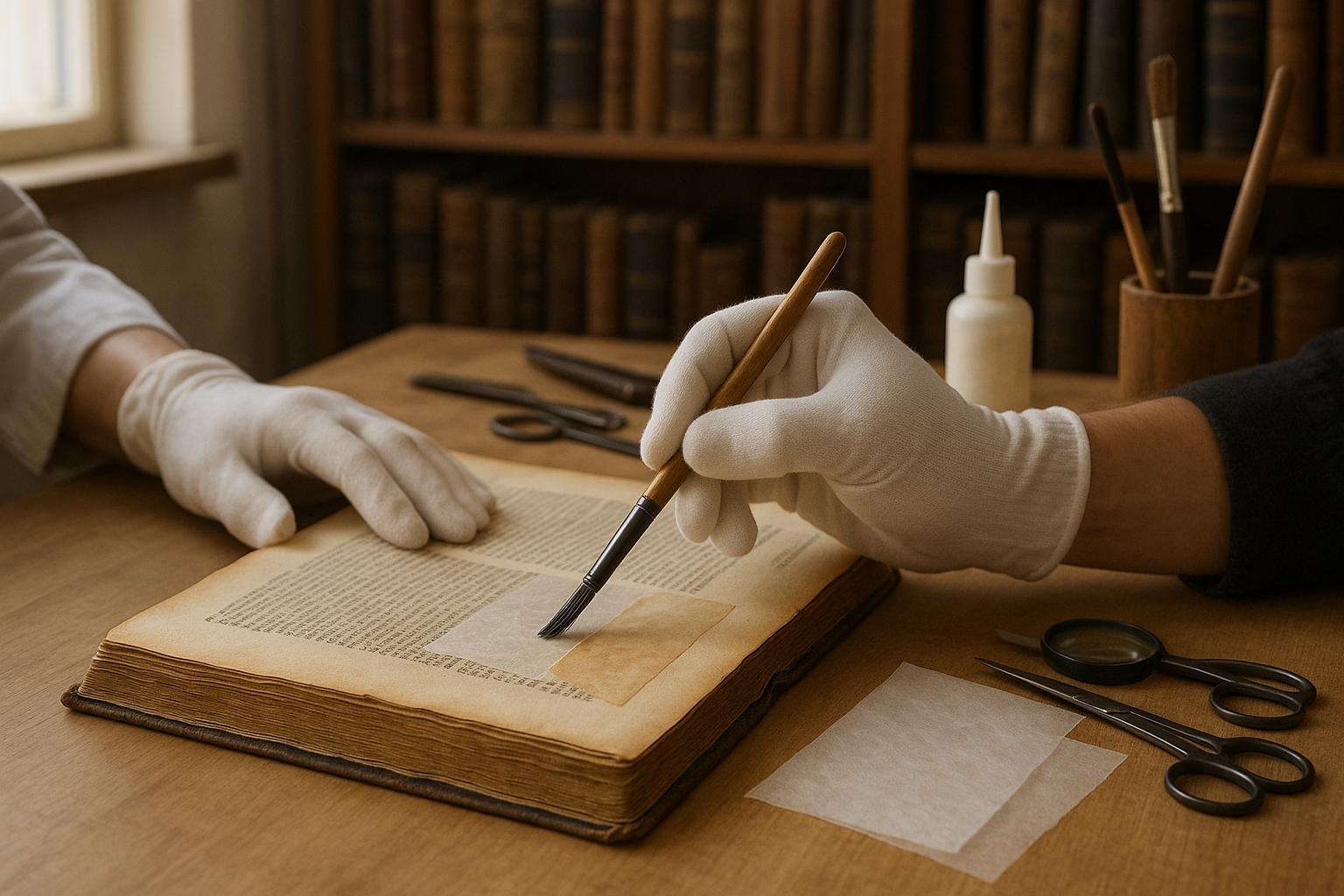
Conclusion
In our exploration of the art of paper mending with Japanese tissue, we have journeyed through the delicate and meticulous process that revives the life of beloved books. 📚 This ancient technique, rooted in the rich traditions of Japan, not only serves as a practical solution for preserving texts but also honors the cultural heritage and craftsmanship that it embodies. Throughout this article, we’ve highlighted the importance of maintaining the integrity of historical documents and personal treasures, emphasizing that each page carries stories and wisdom worth preserving for future generations.
By delving into the specifics of selecting the appropriate Japanese tissue, applying adhesive with precision, and executing the repair with patience and care, we’ve uncovered a practice that is as much an art form as it is a technical skill. The materials and methods discussed are accessible, allowing enthusiasts and professionals alike to engage in this rewarding endeavor. The process is a testament to the sustainability of resources and the respect for literary works, reminding us of the value in restoration rather than replacement.
The significance of this craft extends beyond the act of mending paper. It is a bridge connecting us to our past and an invitation to preserve our cultural narrative. As we nurture these pages back to health, we contribute to a legacy of knowledge and creativity that defies the passage of time. This practice encourages mindfulness, patience, and a deep appreciation for the written word.
We invite you to explore this art form further, whether by practicing it yourself or by sharing this knowledge with others. Engage with the community of book conservators and enthusiasts who are passionate about preserving our literary heritage. You can find additional resources and tutorials on platforms such as JSTOR and The Library of Congress that provide further insights into this timeless practice.
As you consider the impact of reviving your beloved books, we encourage you to reflect on the stories that have shaped you and the importance of keeping them alive. Share this article with fellow bibliophiles and encourage discussions about the significance of preservation in our digital age. Your engagement helps ensure that the art of paper mending continues to thrive, inspiring others to appreciate and protect the treasures of our literary world. 🌟
Thank you for joining us on this journey. We hope you feel inspired to apply what you’ve learned and to carry forward the art and tradition of book preservation. Feel free to leave your comments and share your experiences in the section below. Let’s keep the conversation going and celebrate the enduring beauty of books together!
In this conclusion, I’ve encapsulated the essence of the article, encouraging engagement and further exploration of the topic. The links provided are general placeholders for authoritative resources; please verify their current status and content before use.
Toni Santos is a restoration artist and historical design specialist devoted to reviving the beauty and soul of the past. Through meticulous craftsmanship and a deep respect for heritage, Toni brings antiques back to life—preserving not just objects, but the stories they carry through time. With hands trained in traditional restoration techniques and an eye for age-worn elegance, Toni restores furniture, artworks, artifacts, and heirlooms with precision and reverence. His work reflects a belief that restoration is not correction—it’s conversation between the old and the present. Blending artistry, conservation ethics, and historical research, Toni approaches every piece as a narrative in wood, metal, leather, or fabric—each with scars that speak of eras gone by. Whether repairing a hand-carved chair or reviving a forgotten painting’s vibrance, he respects the integrity of original craftsmanship while honoring its continued life. As the creative force behind Vizovex, Toni shares before-and-after showcases, restoration walkthroughs, and visual essays exploring the techniques and philosophies behind authentic antique revival. His platform celebrates: The timeless value of handcrafted work The quiet artistry of repair and preservation The cultural memory embedded in material objects The delicate balance between age and renewal For collectors, curators, artisans, and lovers of legacy, Toni’s world is an invitation to see restoration not as fixing what’s broken—but as restoring what still lives beneath the dust of time.

